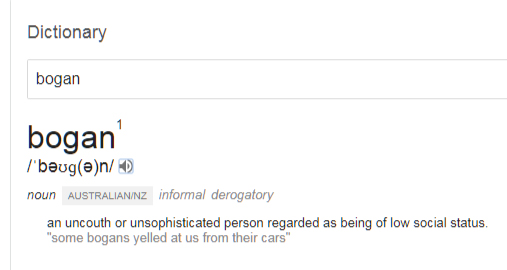Something phenomenal is happening around here.Yesterday, Kenya commemorated Saba Saba Day with a powerful concert at Uhuru Park, a poignant reminder of the nation's tumultuous journey towards liberation.However, this year's Saba Saba was not just a celebration but a resonant echo of our persistent quest for freedom, justice, and democracy that has defined Kenya's history. In a live interview on Citizen Sunday Live (complete clip at the end of this post), Jeff Koinange and Olive Burrows hosted Dr Kenneth Ombongi, chairman of the Department of History and Archaeology at the University of Nairobi, to unpack the significance of this day and its evolving relevance.A Brief History: The Roots of Saba Saba Saba Saba Day, named after the Swahili words for the date "seven seven," commemorates the pivotal protests on July 7, 1990. These protests were a watershed moment in Kenya’s fight for multi-party democracy against the repressive regime of President Daniel arap Moi. The brutality with which the government quelled these protests left an indelible mark on the nation’s collective consciousness, symbolising the high cost of freedom and the resilience of its people.From Mau Mau to Multi-Party Democracy: A Legacy of ResistanceDr Ombongi traced the lineage of Kenya's resistance movements, drawing connections from the anti-colonial struggles of the Mau Mau rebellion to the pro-democracy movements of the late 20th century. He emphasised that each generation has faced its unique challenges but remained united by a common goal: the quest for justice and self-determination.
The Mau Mau uprising in the 1950s marked the beginning of a more organised resistance against British colonial rule.
This movement, driven by land expropriation and economic disenfranchisement, laid the groundwork for Kenya’s eventual independence in 1963. Decades later, the struggle continued as activists like Raila Odinga, James Orengo, Gitobu Imanyara, and Paul Muite ("the Young Turks") led the charge for multi-party democracy, culminating in Moi's humiliation and the repeal of Section 2A of the constitution in 1991.The Third Liberation: Gen Z's Digital Revolution This tech-savvy generation utilises digital platforms to amplify their voices, mobilise support, and hold the Ruto government's feet to the fire. The recent protests against President William Ruto’s administration, sparked by the controversial and ultimately abandoned (in shame and under duress) Finance Bill 2024, exemplify this shift in tactics and the enduring spirit of resistance. Dr Ombongi highlighted the stark contrast between the physical confrontations of past movements and the digital activism of today. Equipped with smartphones and social media (let alone bottled water and toothpaste!), Gen Z activists are adept at real-time documentation and dissemination of information, creating a powerful tool for grassroots mobilisation and international awareness.
Uhuru Park: A Symbolic Venue The choice of Uhuru Park for this year’s Saba Saba Day celebrations was highly symbolic.This historic site has been a focal point for political gatherings and protests, embodying the spirit of resistance and the hope for a better future. The gathering at Uhuru Park honoured the 41 protesters killed by William Ruto's security forces during the #RejectFinanceBill2024 campaign, merging commemoration with a call for accountability and reform.
The peaceful nature of the protests, marked by the presence of young activists armed with little more than water bottles, masks, and mobile phones, underscored the changing face of resistance in Kenya.
Dr Ombongi noted that the violence often associated with these protests typically stems from external forces rather than the protesters themselves, highlighting the need for the government to engage constructively with the youth.
Moving Forward: Lessons from HistoryAs Kenya stands at a critical juncture yet again, the lessons of Saba Saba offer valuable insights. Dr Ombongi urged the current administration to listen to the youth and address their grievances with sincerity and urgency.Repression and dismissive rhetoric will not quell the growing discontent. Instead, meaningful dialogue and substantive reforms are essential to address the systemic issues fuelling the protests.
The #RutoMustGo campaign reflects broader dissatisfaction with corruption, unemployment, and inequality. Addressing these challenges requires a holistic approach that prioritises transparency, accountability, and inclusivity in governance.The Enduring Spirit of Kenya Saba Saba Day 2024 was more than a commemoration; it was a testament to the enduring spirit of resistance that defines Kenya.
As the nation grapples with contemporary challenges, the legacy of Saba Saba serves as both a beacon of hope and a call to action. It reminds us that while the journey towards true freedom and democracy is fraught with obstacles, the collective will of the people can and will prevail.
Dr Kenneth Ombongi’s reflection encapsulates this sentiment: “Every time we achieve something, it is an incremental step forward in the creation of the Kenyan polity.” As Kenya embarks on this new phase of its liberation struggle, it is imperative to harness the energy, creativity, and passion of its youth to build a brighter, more equitable future for all.
And yet William Ruto and cohorts are still in denial.





.jpeg)
.jpeg)













Comments
Post a Comment